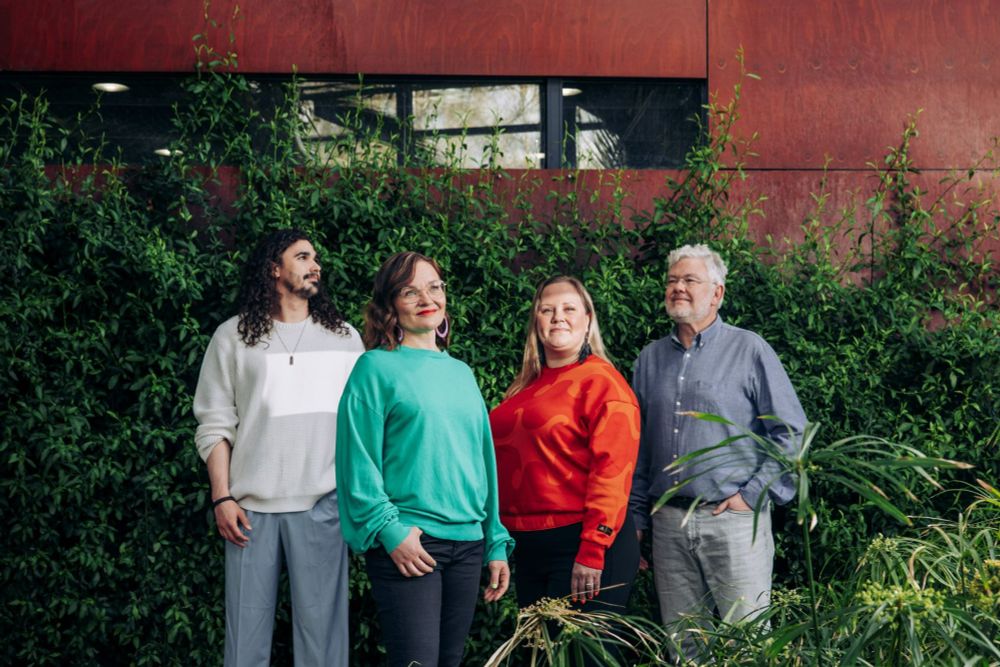

by Ken H. Andersen — Reposted by John K. Pinnegar

oceanlife.dtuaqua.dk/FEISTY/


Thanks for reposting!
jobs.helsinki.fi/job/Helsinki...

Reposted by Ken H. Andersen
by Ken H. Andersen — Reposted by Thomas Kiørboe
Reposted by Ken H. Andersen
Reposted by Ken H. Andersen
by Robert Arlinghaus — Reposted by Ken H. Andersen
Reposted by Ken H. Andersen
Reposted by Ken H. Andersen
